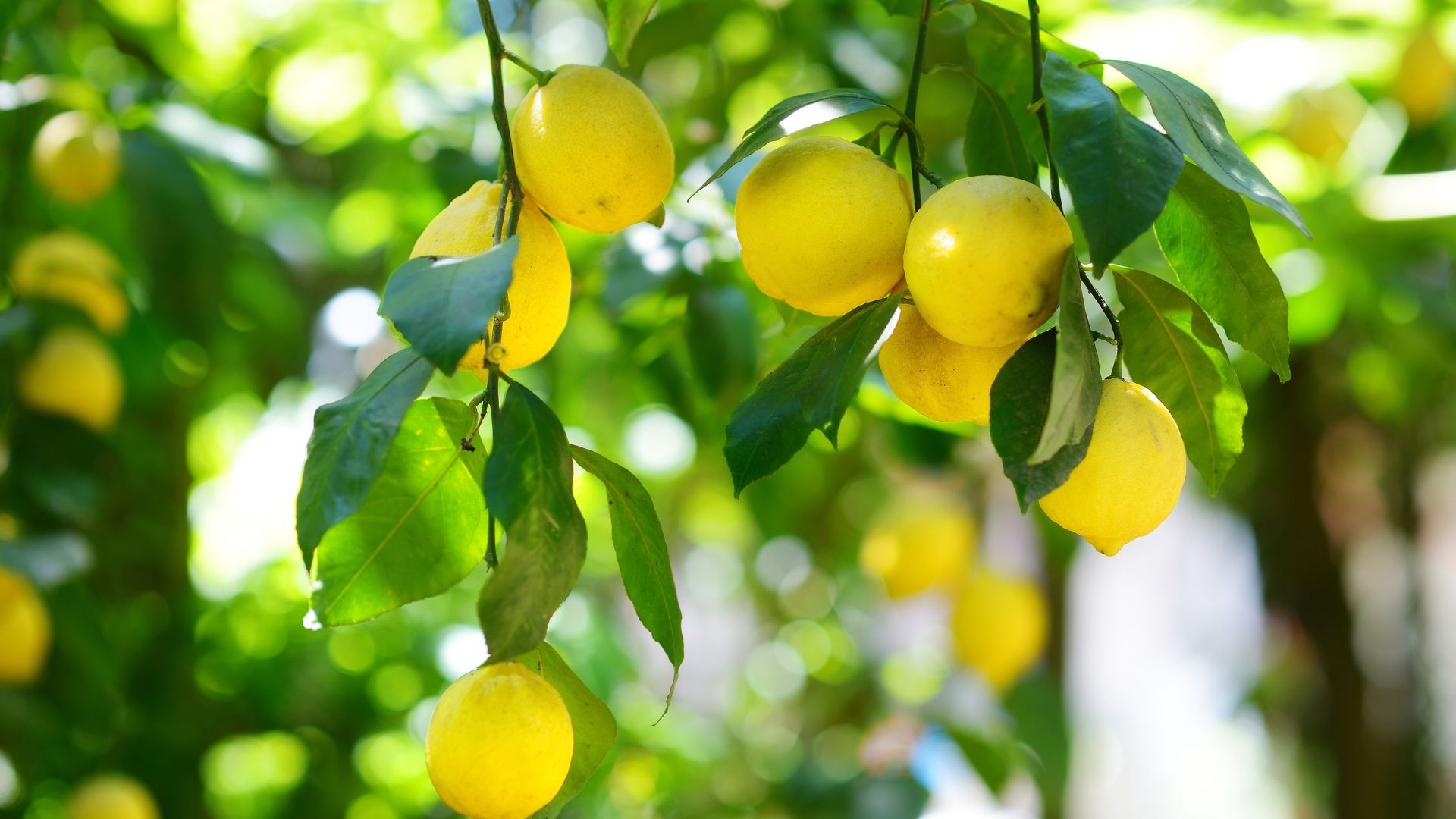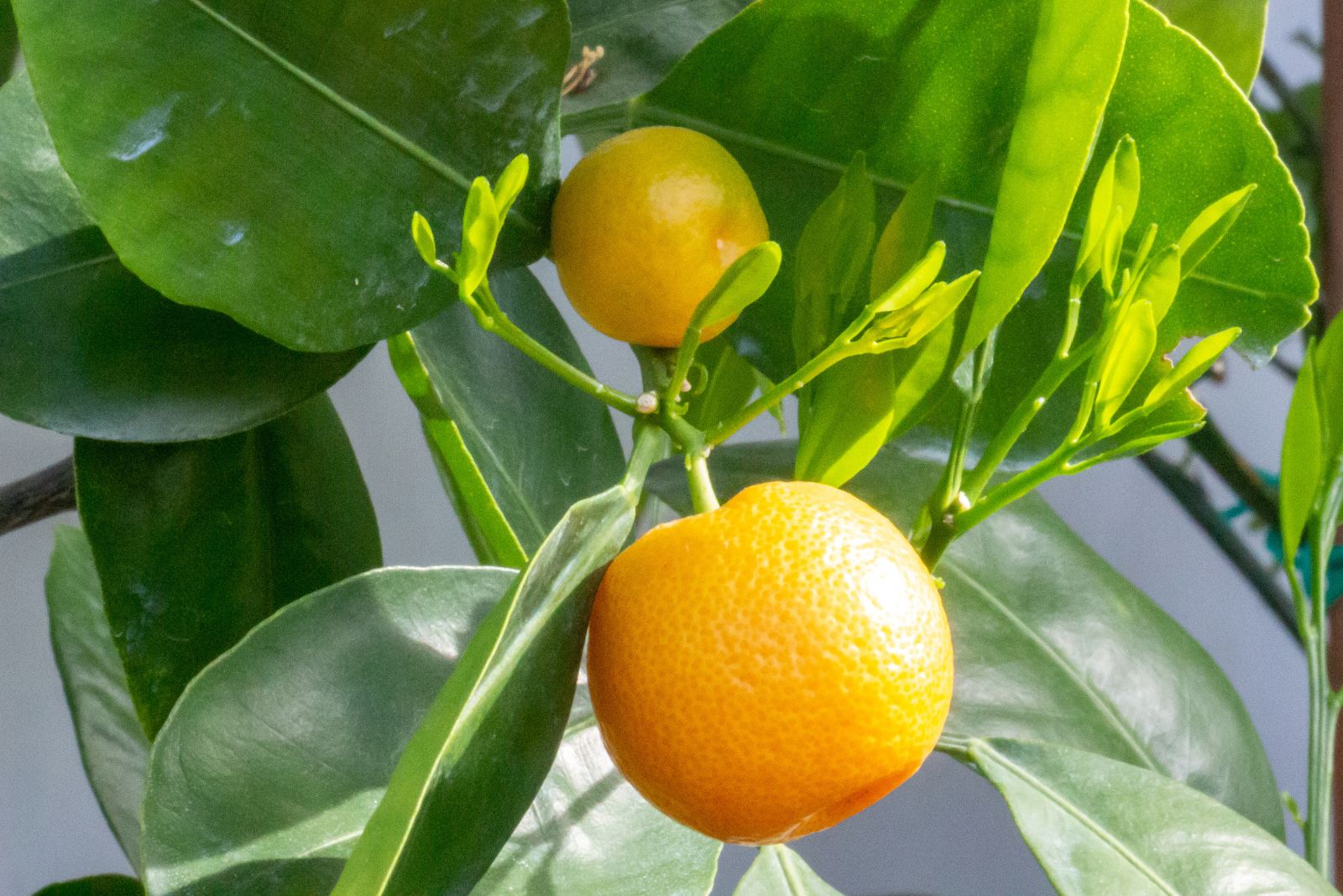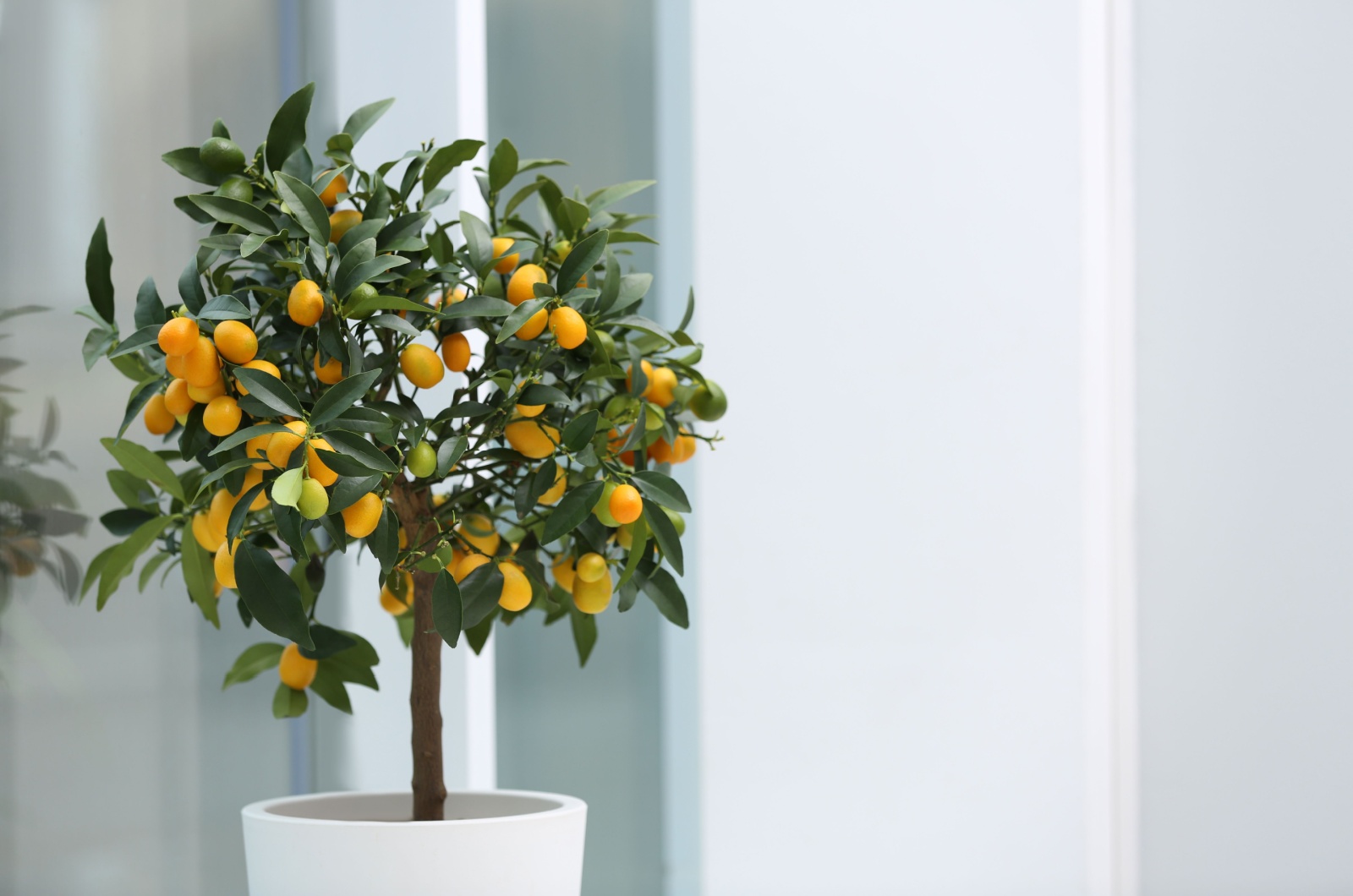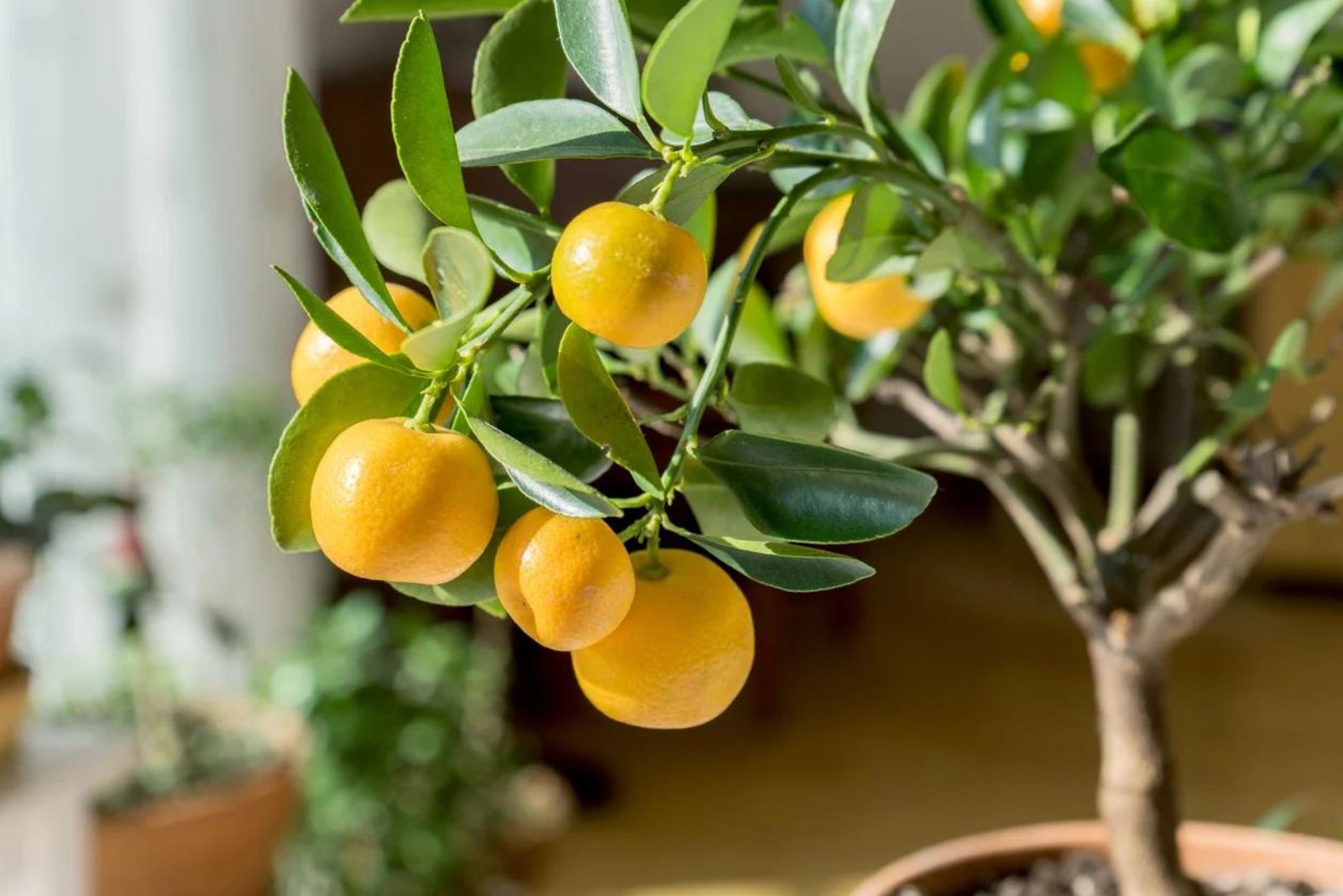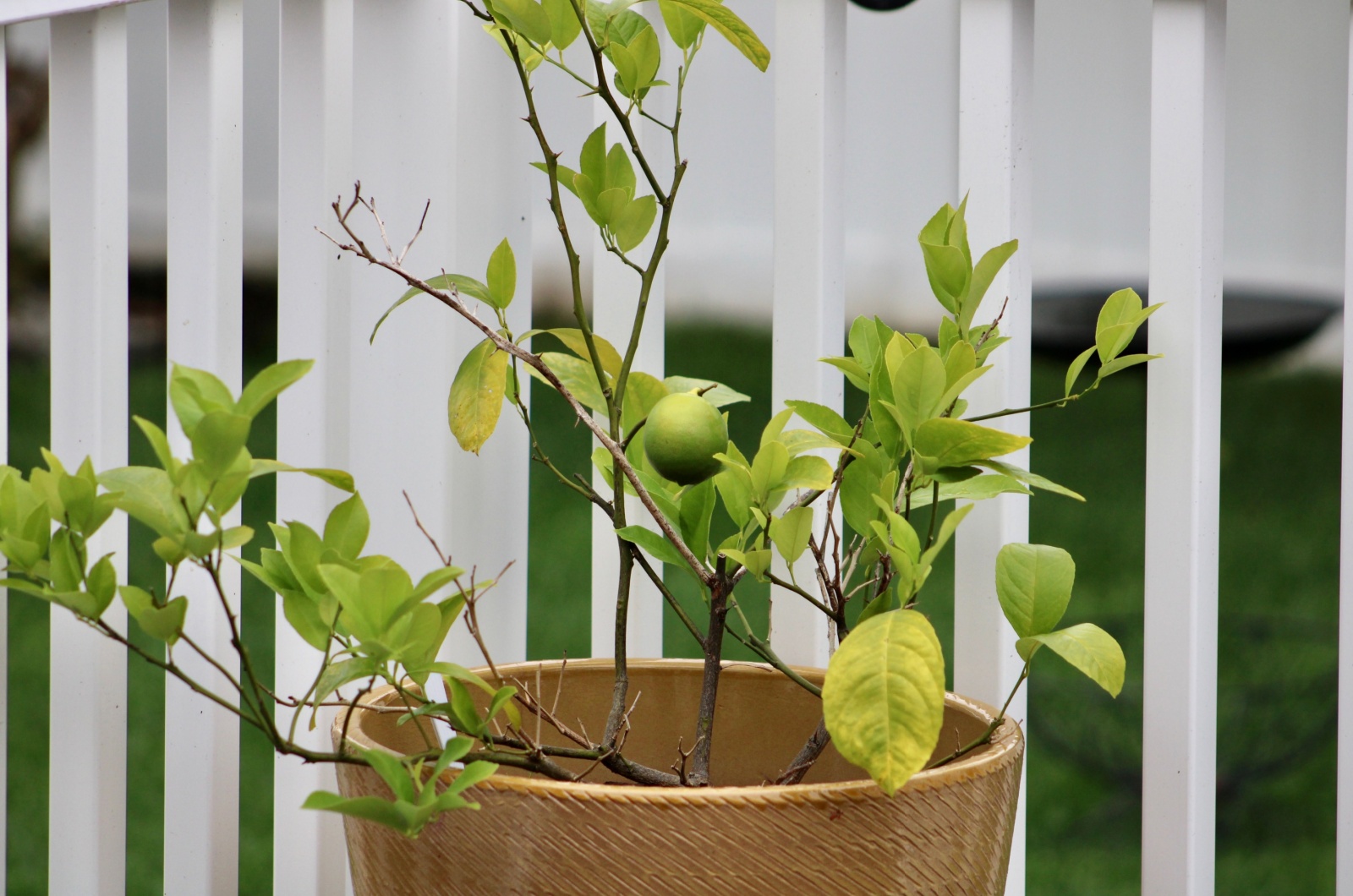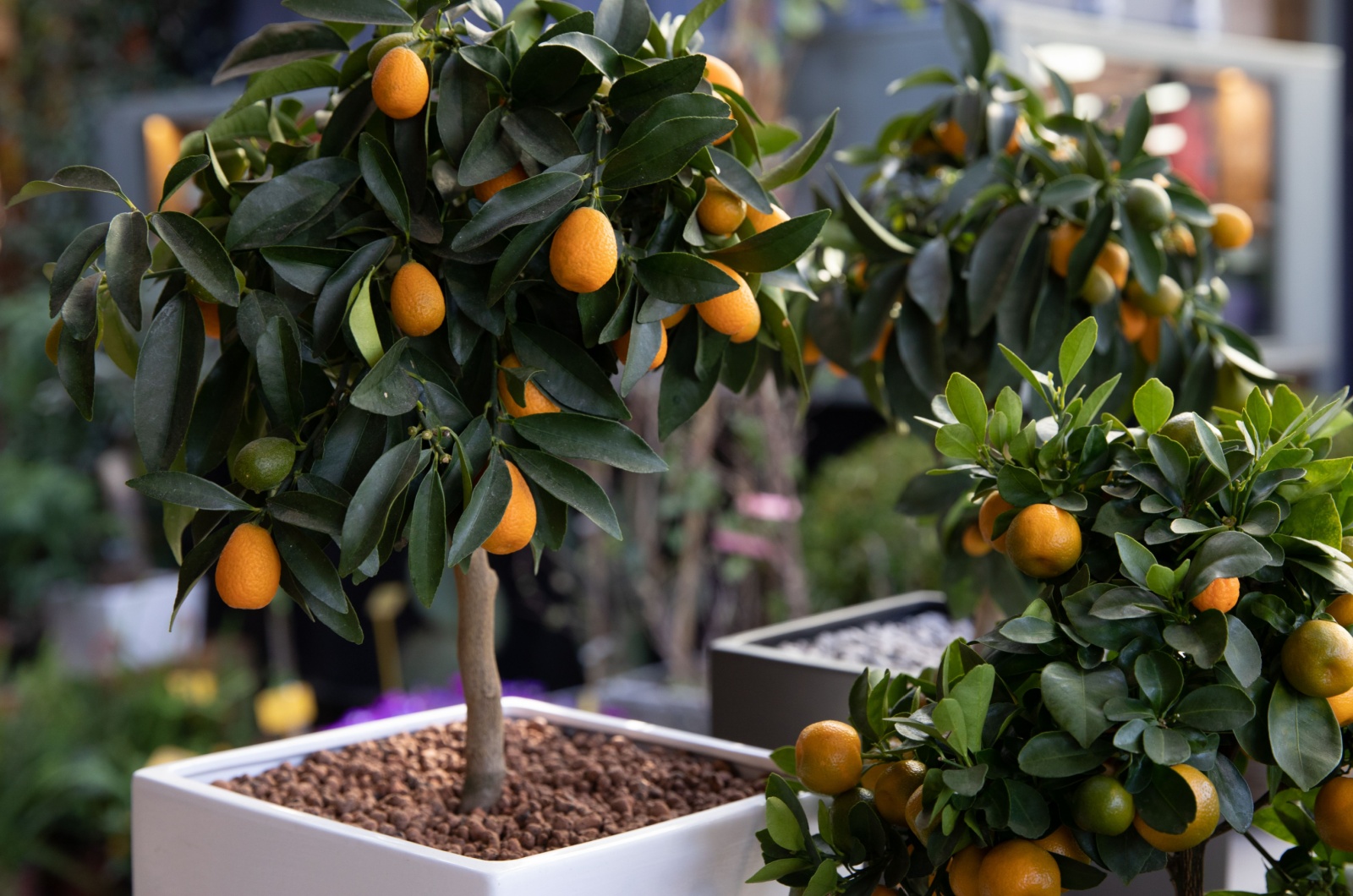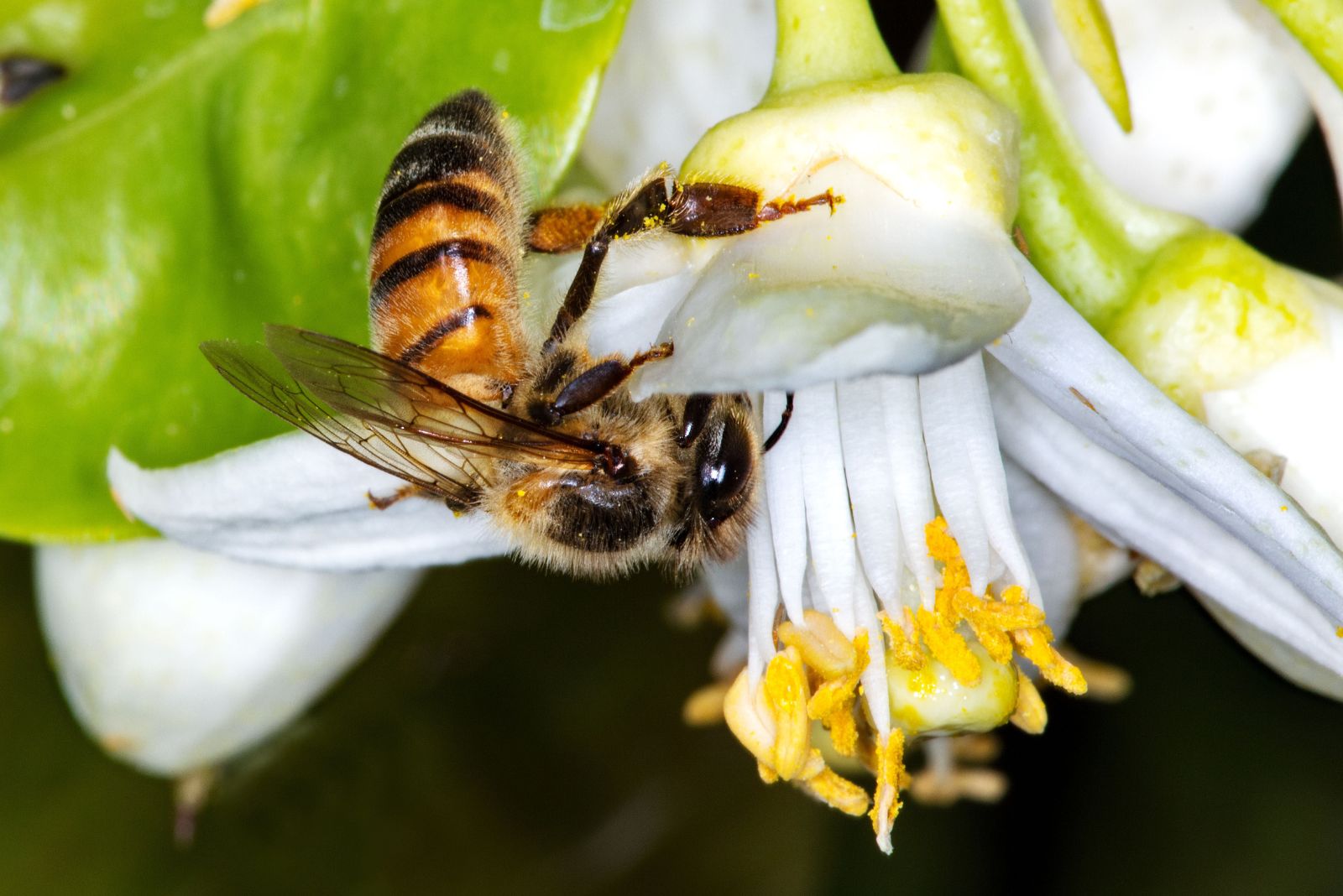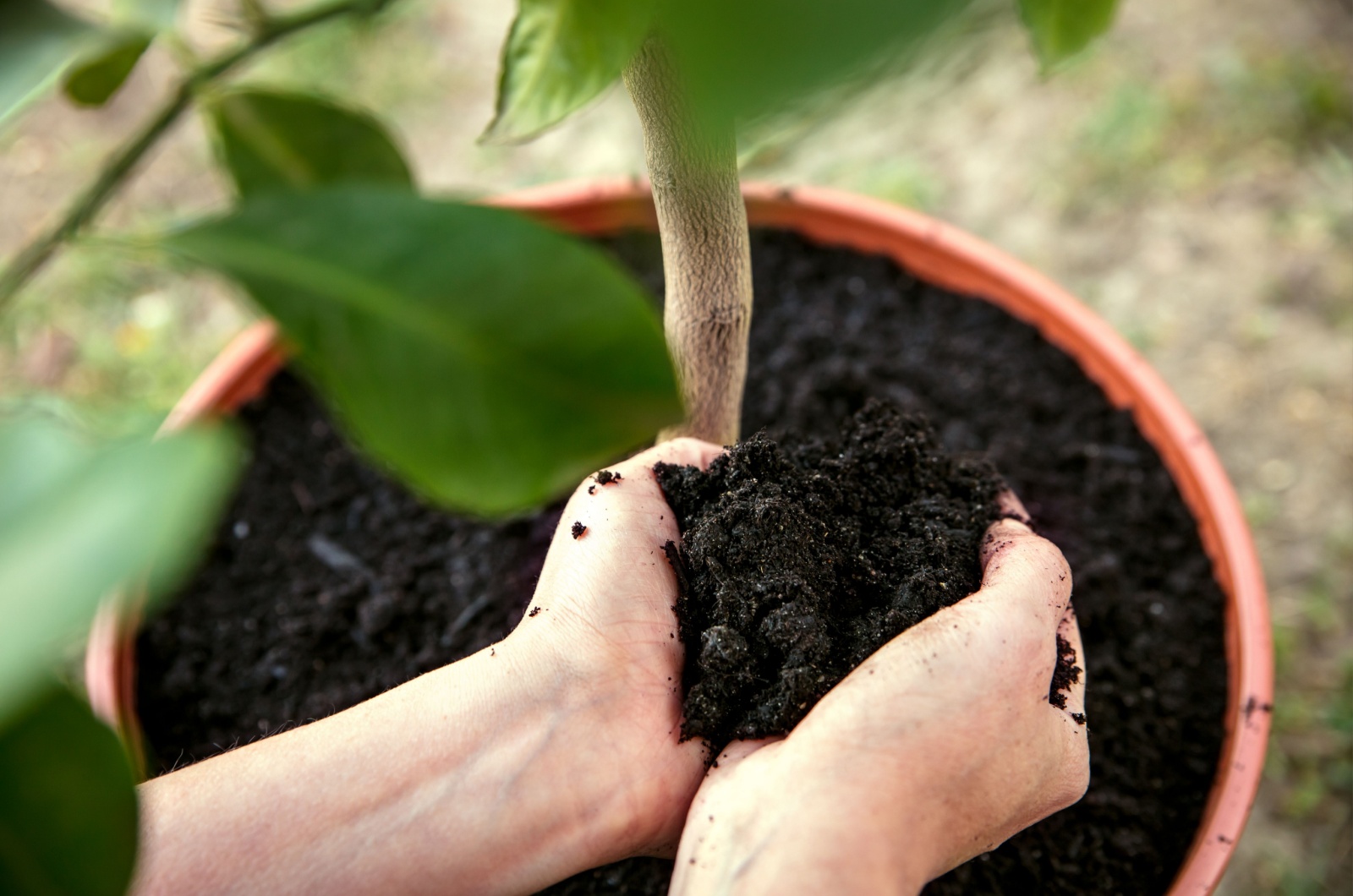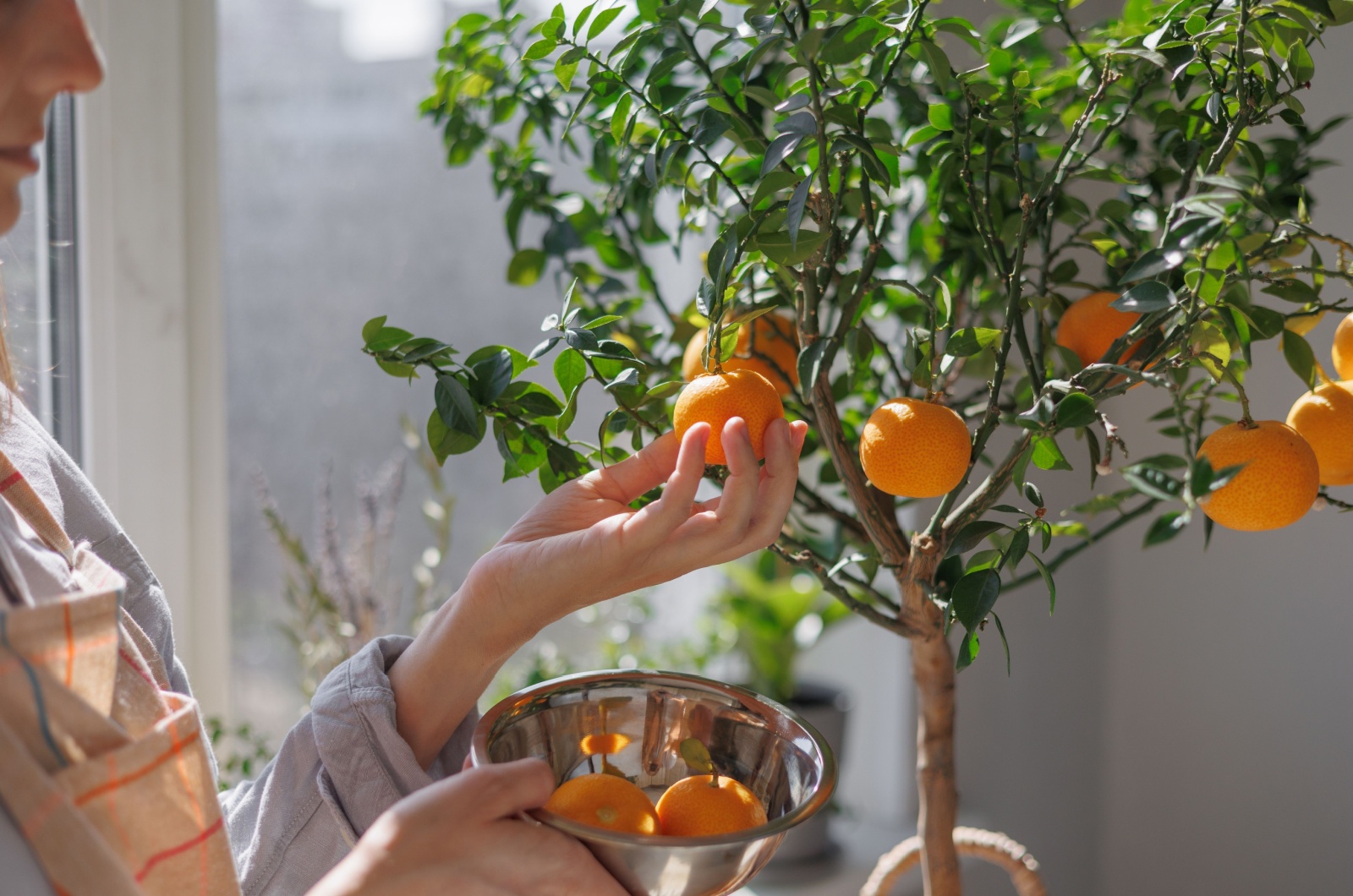Plant enthusiasts who live in colder climates know how hard it can be to cultivate some species. For example, citrus plants may grow well outdoors during the summer but what should you do when temperatures drop significantly?
The solution is actually pretty simple: grow them in pots. This technique will allow you to control the conditions by taking your citrus indoors during the colder months.
Well, as always, there’s more than meets the eye, so let’s see how to grow citrus all year long in cold climates!
Growing Citrus Trees Indoors: History
Many growers believe growing citrus indoors is a new method, but the truth is the Northeast has been using it since the nineteenth century.
There were many books that promoted growing citrus trees indoors. But we shouldn’t forget that homes during the Victorian period had steam pipes and radiators, which provided ideal conditions for citrus plants.
Such indoor conditions were perfect for other plants too, such as Camellias. Surprisingly, these plants don’t do well indoors in today’s world.
Humidity, cooler temperatures, and pest management are the essential factors for flower and fruit production. Of course, the more bright indirect light the plant receives, the healthier it will be.
A Spot For Overwintering Plants Indoors
It may be pretty challenging to find a spot for your citrus tree indoors. It has to meet three basic requirements: temperature, light, and humidity.
Since our homes don’t have conditions similar to citrus native habitats, and none of us has steamy radiators, we have to be more creative.
Households typically don’t have unheated rooms and that may cause issues for citrus plants.
But if you’re lucky enough to have a cellar or garage where temperatures don’t go below freezing, you can overwinter your citrus successfully.
The temperatures should range from 40 to 50 degrees Fahrenheit for best results. The night temperatures should be slightly cooler.
If the room where you plant to keep your citrus is a bit warmer (over 55 degrees), there’s a way to help the plant survive. You can use special LED lighting units and keep them on for 14 to 16 hours a day.
The only problem with this method is that the plant attracts more pests, so regular inspection is the key.
Pests That Attack Indoor Citrus
One thing all citrus trees have in common when kept indoors is susceptibility to pests. High temperatures and dry air create a perfect environment for these nuisances.
The key to pest control is ensuring cooler temperatures and a lot of humidity.
A good technique is to give your citrus a weekly shower with room-temperature water. Clean leaves won’t attract pests as easily. Additionally, your citrus may display yellowing and drop leaves if the air is too dry.
The three most common pests that attack citrus trees kept indoors during winter are spider mites, mealybugs, and scale. If you have juvenile plants, aphids may also pay a visit and attack delicate foliage and flower buds.
Neem oil and insecticidal soap are the two most common solutions used for removing pests from indoor citrus plants.
The good news is that the pests may leave your plants alone after you transfer them indoors. But remember that this can happen only if the infestation isn’t severe.
Scale insects are the sworn enemies of citrus and they’re hardest to get rid of. As soon as you notice any, dip a cotton swab into the rubbing alcohol and gently rub each citrus leaf.
Unfortunately, severe pest infestation can destroy these plants and the only thing that remains is to dispose of them. Hopefully, that won’t happen to you.
Moving Citrus Plants Indoors For Winter
As soon as the fall arrives, check the forecast for the first frost date. You’ll need to transfer your citrus indoors before freezing temperatures arrive, especially if you’re growing lime. Other varieties may not be affected by light frost as severely.
Those who live in the Northeast will most likely take their citrus inside from late September to mid-October. The exact date depends on the zone you live in.
Bringing Plants Outdoors For Summer
If your citrus trees spend time indoors during winter, it’s essential to know when to take them out again.
Only employ this technique when the temperatures are consistently above freezing! Those who live in the Northeast can typically expect it in mid-April.
Some experienced growers take their citrus outdoors and expose them to light frost. This technique would definitely kill all other species we keep indoors.
If your citrus hasn’t displayed any new growth and there aren’t any flower buds, you can start setting them out in March during the daytime.
Dormant leaves in the mature growth stage won’t be affected by a light frost but that’s not the case with the delicate roots.
A safe and practical way to determine the perfect time for moving is by observing the local forest trees. Once they exit the dormancy stage and maple trees start to bloom, take your citrus outdoors in full sun every day for a couple of hours.
These species thrive best in full sun or partial shade during the summer months.
The Best Varieties For Overwintering Indoors
When it comes to growing citrus trees indoors, one of the essential steps is to select a suitable variety.
The great thing is that today we have so many cultivars that can be successfully overwintered. From my experience, the best cultivar to grow in cooler climates is the Improved Meyer (a lemon variety). Kumquat plants also respond well to winter culture in indoor settings.
Varieties, such as Buddha’s Hand or Ponderosa Lemon may also be overwintered indoors. But if you ask me, these plants are too large plus their fruits aren’t edible unless cooked, so it’s better to go with other varieties.
Other indoor fruit trees you can grow this way are Calamondin orange with its adorable leaves and sour fruits, and Kaffir lime, which is renowned for its edible foliage.
Citrus plants that aren’t suitable for overwintering indoors are blood oranges, Persian limes, and grapefruits. Remember, these are heat-loving plants and won’t produce, or will drop fruits, when overwintered indoors.
Pollinating Citrus Flowers
Sweet-scented blossoms typically appear in late winter or early spring. Even though they’re classified as self-pollinating, they could use some help.
The fruit production will be significantly inhibited if there aren’t enough bees and wind. What you can do is to take your blooming citrus outdoors during the sunny days in winter.
This is a good opportunity to attract bees and wind can move the branches, which will result in pollen release.
If there aren’t any sunny days and your citrus are blooming, you can tap their stems to aid pollen distribution. Alternatively, employ a hand pollination technique using a cotton swab.
Fertilizing
The best time to fertilize fruit trees is during the spring and summer, i.e., when they display new growth.
You can use a balanced 5-5-5 fertilizer for your citrus. If they start displaying yellowing, you should check for zinc and iron and apply fertilizer designed specifically for citrus trees.
Repotting
The majority of citrus species do better in smaller containers. However, it may be tricky to determine the right time for repotting, especially because these plants generate multiple roots that extend above the soil surface.
Instead of repotting your mature citrus, you can add a layer of potting soil over the exposed roots every spring.
On the other hand, juvenile citrus trees will need a new pot every season for the first three years.
Once your tree is large enough to fit a 12- or 14-inch large pot, it’s better to add a layer of soil or compost. Alternatively, take your citrus out of its pot and get rid of the excess soil around the root system.
Clean and sanitize the pot, add a suitable growing medium, and put the tree back.
When To Pick The Fruits
You can expect the citrus trees to produce blossoms once the spring arrives. Trees that spend summer outdoors will end their blooming cycle in fall and start generating fruits.
Well, it would be great if you had the fruits during hot summers, but it’s essential to pick them during fall or winter. Prolonging the harvest will lead to fewer fruits the next season.
Growing citrus is possible in cooler climates and can result in a bountiful harvest. Simply follow our guidelines for overwintering and enjoy their heavenly taste!

